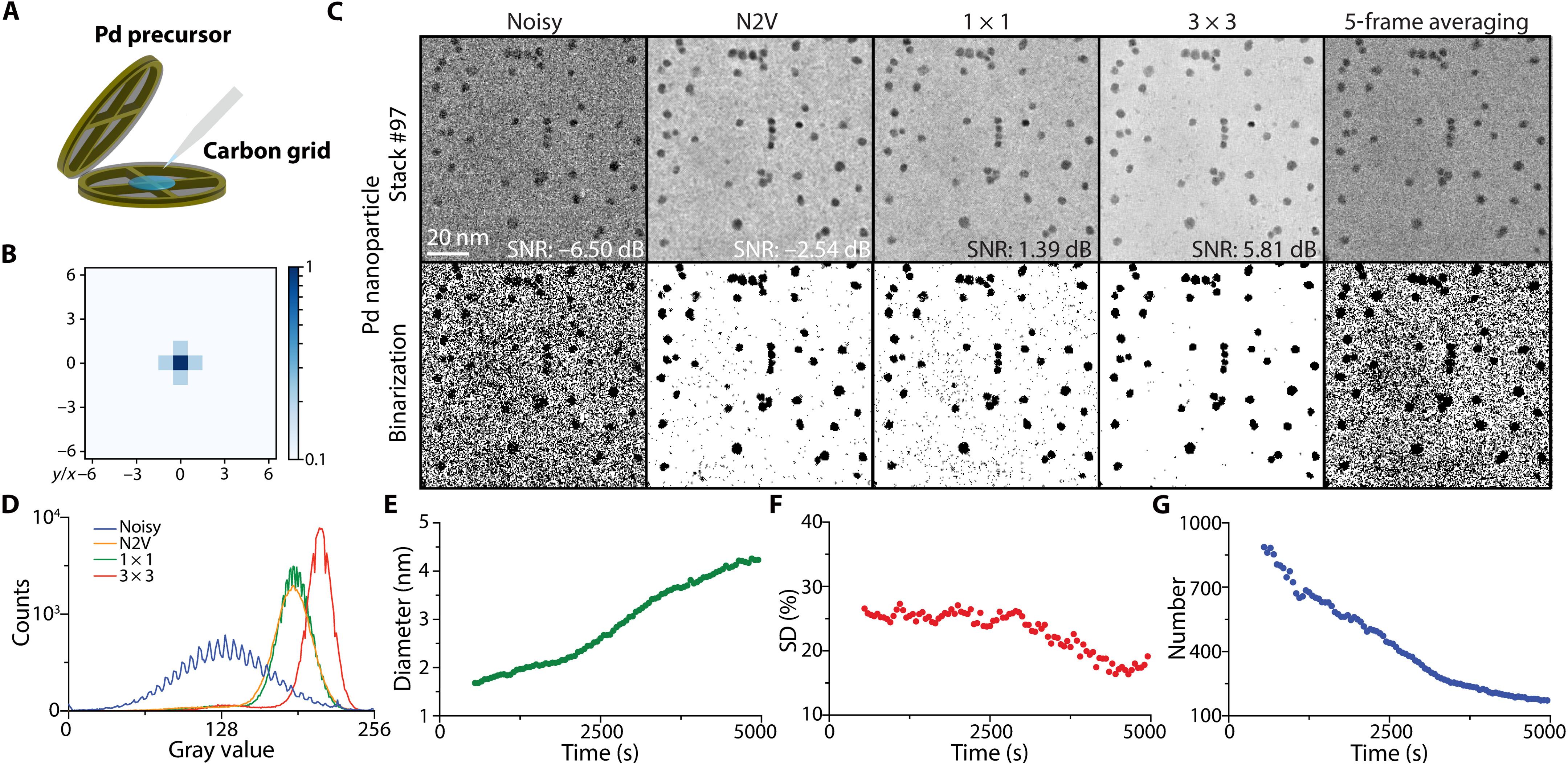高通量电子显微镜的自监督机器学习框架
IF 12.5
1区 综合性期刊
Q1 MULTIDISCIPLINARY SCIENCES
引用次数: 0
摘要
透射电子显微镜(TEM)是材料科学和结构生物学中至关重要的分析方法,因为它为结构表征提供了高时空分辨率,并揭示了原子和分子水平上的结构-性质关系和结构动力学。尽管EM技术取得了进步,但电子束的性质使得EM成像即使在低剂量应用中也固有地对材料有害。我们介绍了用于电子显微镜的自监督高通量图像去噪神经网络SHINE,加速了各种材料系统的微创低剂量EM。SHINE只使用单个带有固有噪声的原始图像数据集,这使得它适合于有限大小的数据集,并且消除了对昂贵的真实训练数据集的需要。我们定量地证明,SHINE克服了当前高分辨率TEM、原位液相TEM、时间序列扫描TEM和低温TEM的信息限制,促进了跨广泛材料的明确的高通量结构分析。本文章由计算机程序翻译,如有差异,请以英文原文为准。

Self-supervised machine learning framework for high-throughput electron microscopy
Transmission electron microscopy (TEM) is a crucial analysis method in materials science and structural biology, as it offers a high spatiotemporal resolution for structural characterization and reveals structure-property relationships and structural dynamics at atomic and molecular levels. Despite technical advancements in EM, the nature of the electron beam makes the EM imaging inherently detrimental to materials even in low-dose applications. We introduce SHINE, the Self-supervised High-throughput Image denoising Neural network for Electron microscopy, accelerating minimally invasive low-dose EM of diverse material systems. SHINE uses only a single raw image dataset with intrinsic noise, which makes it suitable for limited-size datasets and eliminates the need for expensive ground-truth training datasets. We quantitatively demonstrate that SHINE overcomes the information limit in the current high-resolution TEM, in situ liquid phase TEM, time-series scanning TEM, and cryo-TEM, facilitating unambiguous high-throughput structure analysis across a broad spectrum of materials.
求助全文
通过发布文献求助,成功后即可免费获取论文全文。
去求助
来源期刊

Science Advances
综合性期刊-综合性期刊
CiteScore
21.40
自引率
1.50%
发文量
1937
审稿时长
29 weeks
期刊介绍:
Science Advances, an open-access journal by AAAS, publishes impactful research in diverse scientific areas. It aims for fair, fast, and expert peer review, providing freely accessible research to readers. Led by distinguished scientists, the journal supports AAAS's mission by extending Science magazine's capacity to identify and promote significant advances. Evolving digital publishing technologies play a crucial role in advancing AAAS's global mission for science communication and benefitting humankind.
 求助内容:
求助内容: 应助结果提醒方式:
应助结果提醒方式:


